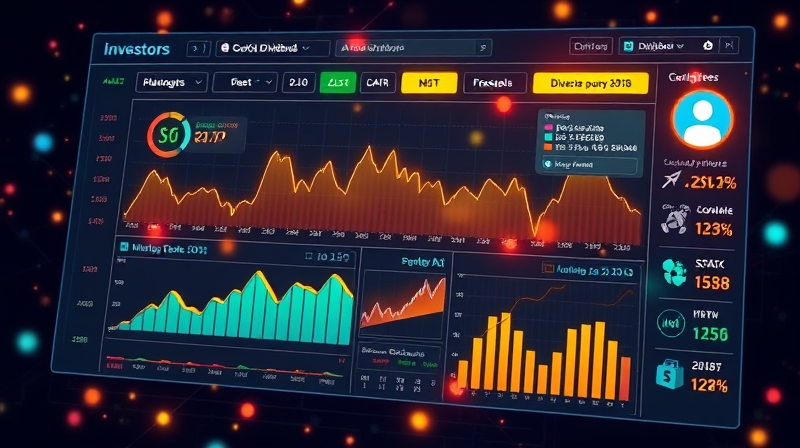
In today’s fast-paced markets, having a critical decision-making edge can transform ordinary trades into significant gains. By combining real-time charts with powerful trend indicators, traders unlock timely actionable insights that inform every move.
Whether you’re a seasoned professional or just starting out, mastering these tools empowers you to seize fleeting opportunities and manage risk with precision. This guide delves into the essentials of trend indicators, chart types, and practical strategies to elevate your trading.
Trend indicators serve as the backbone of technical analysis. They filter noise and highlight the underlying direction of price movements, enabling you to anticipate potential reversals and continuations.
Here are the most widely used trend indicators:
Beyond these, advanced tools like the Random Walk Index (RWI) and Schaff Trend Cycle (STC) add depth to your analysis.
Charts are your window into market psychology. Selecting the appropriate visual format can highlight different aspects of price action and volume dynamics.
Common chart types include:
Each format offers unique advantages. For instance, candlesticks excel at pattern recognition, while line charts give a concise trend overview at a glance.
Accessing up-to-the-second information is like having a live pulse on the market. Delays of even a few seconds can translate into missed entries or suboptimal exits.
By integrating real-time data, you ensure that your analysis reflects the most current market sentiment, reducing guesswork and enhancing informed trading decisions.
Identifying genuine trends requires a structured approach. Follow these steps to separate short-lived fluctuations from meaningful market movements:
Step 1: Observe Price Structure
• Uptrend: Consistent higher highs and higher lows.
• Downtrend: Series of lower highs and lower lows.
Step 2: Confirm with Volume
• Rising volume bolsters trend validity.
• Declining volume may signal weakening momentum.
Step 3: Apply Multiple Indicators
• Combine MA crossovers with RSI for entry timing.
• Use OBV to verify volume-driven moves.
By layering these techniques, you build a robust technical framework that filters out false signals and highlights high-probability setups.
The true value of trend indicators lies in their integration into a cohesive strategy. Here’s how to bring it all together:
1. Define Your Timeframe
• Short-term scalpers may prioritize minute-based EMAs.
• Swing traders often combine daily MACD with 14-day RSI.
2. Set Clear Entry and Exit Rules
• Enter long positions when price crosses above the 50-day SMA and RSI is above 50.
• Exit when MACD histogram closes or RSI enters overbought territory.
3. Manage Risk Consistently
• Use stop-loss orders just below recent swing lows or highs.
• Adjust position size based on volatility measured by Average True Range (ATR).
This disciplined approach ensures that each trade aligns with your overall objectives, maximizing profits and minimizing emotional decisions.
Embracing real-time charts with trend indicators offers a transformative trading advantage. You gain clarity on market direction, confidence in your entries, and agility to adapt as conditions change.
Start by experimenting with different indicators and chart types, then refine your strategy through careful backtesting and live practice. Over time, these tools become second nature, empowering you to capitalize on market movements with precision and poise.
Take the first step today: integrate real-time data feeds, customize your charts, and let trend indicators guide you to smarter, more profitable trades.
References













